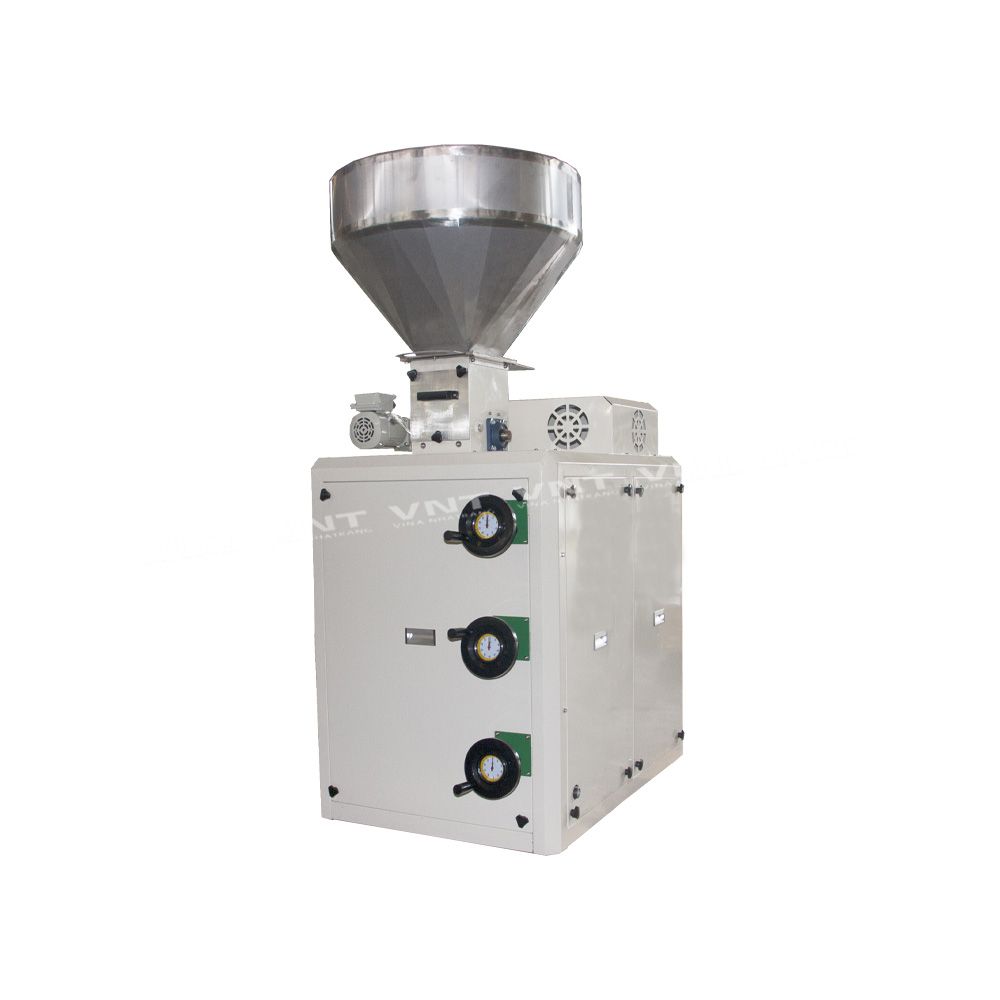Industrial Coffee Grinder Overview: Increase Efficiency and High Quality
In the affordable landscape of coffee production, picking the right commercial coffee mill plays an essential role in improving both efficiency and product quality. Comprehending the nuances of various grinder types and key features-- such as adjustable work setups and robust building and construction-- can considerably influence the final flavor profile of the coffee.
Recognizing Mill Kinds
When picking a commercial coffee mill, understanding the various kinds available is essential for maximizing both flavor extraction and functional effectiveness. Both primary sorts of mills are blade grinders and burr grinders. Blade grinders use sharp blades that chop coffee beans into irregular dimensions, resulting in unequal removal and possibly undesirable tastes. While blade mills are often much more affordable and ideal for small operations, they are generally not recommended for industrial usage.

Inevitably, picking the right kind of grinder is integral to maintaining quality and effectiveness in coffee production, making it imperative for businesses to buy high-grade burr grinders for optimal results.
Key Features to Take Into Consideration
Selecting a commercial coffee mill needs cautious consideration of several key features that can significantly affect both performance and the total coffee experience. Among the primary aspects to review is the grinding mechanism. Burr mills are usually favored over blade mills, as they offer a regular grind dimension, which is critical for optimum extraction and flavor.
An additional essential attribute is the grinder's capacity. Relying on the quantity of coffee you need to process, pick a model that can handle your requirements without giving up speed or high quality. Furthermore, consider the grind setups offered. A flexible grinder with several setups allows you to customize the grind size to various brewing techniques, enhancing the coffee's taste account.
Examine the grinder's noise level, especially in a hectic coffee shop or production setting, where extreme sound can be disruptive. Spending in a mill that balances these functions can greatly improve both operational efficiency and the quality of the coffee offered.
Optimizing Grinding Process
To achieve the very best lead to coffee preparation, enhancing the grinding procedure is necessary. The work dimension dramatically influences extraction, flavor, and total high quality of the brewed coffee. Various developing methods need certain work sizes; for instance, espresso requires a fine grind, while French press demands a rugged appearance. Comprehending the relationship between work dimension and brewing approach is the initial step in optimization.


In addition, keeping track of the grinding rate can optimize the procedure. Slower grinding usually produces much less heat, maintaining fragile flavors and fragrances. Alternatively, quicker grinding may create too much heat, adversely affecting the coffee's quality.
Upkeep and Care Tips
Correct maintenance and treatment of industrial coffee grinders are vital for making sure optimum performance and long life. Regular cleaning is the foundation of upkeep; deposit buildup can impact taste and grinding efficiency. It is suggested to clean up the grinder after each use, wiping down the exterior my explanation and eliminating any coffee grounds from the burrs.
In addition, examine the grinding burrs for home wear and tear. Boring burrs can endanger grind consistency, so they ought to be replaced as required. Industrial Coffee Grinder. Periodically calibrating the mill is also important, as this maintains the preferred grind size for numerous brewing methods
Lubrication of relocating parts must be executed according to the maker's specifications, as this reduces rubbing and extends the life of the tools. It is important to utilize food-grade lubricating substances to make sure safety and compliance with health and wellness regulations.
Finally, keep the grinder in a stable and completely dry setting to stop rust and corrosion. By sticking to these maintenance and treatment suggestions, drivers can improve the efficiency of their industrial coffee mills while making certain high-grade outcome and prolonged operational life.
Return on Financial Investment Analysis
Examining the roi (ROI) for industrial coffee grinders is crucial for companies seeking to maximize their coffee manufacturing capacities. A comprehensive ROI analysis helps figure out the monetary stability of spending in top notch mills, enabling organizations to consider the first costs against potential gains.
To perform a comprehensive ROI analysis, companies need to think about numerous crucial aspects. Examine the acquisition rate of the grinder, including setup and any kind of required alterations to existing facilities. Next, compute functional costs, including power usage, maintenance costs, and labor performance renovations. my explanation High-performance mills typically lead to lowered grinding time and raised throughput, which can considerably improve efficiency.
Additionally, take into consideration the effect on item quality. Industrial Coffee Grinder. Superior grinders yield an even more constant work size, which can improve flavor profiles and client complete satisfaction, eventually driving sales. By raising the quality of the final item, businesses can justify greater prices, leading to raised income
Conclusion
In summary, a commercial coffee mill plays a crucial role in improving both performance and item high quality within coffee manufacturing. By selecting top quality burr grinders equipped with essential attributes such as adjustable work setups and durable building and construction, businesses can make certain optimum taste removal. Normal maintenance is important for sustaining grinder performance and optimizing client satisfaction. Ultimately, the critical financial investment in a trustworthy mill adds substantially to enhanced income and competition in the coffee industry.
In the affordable landscape of coffee production, picking the appropriate industrial coffee mill plays an essential function in enhancing both efficiency and product quality. The two key kinds of grinders are blade mills and burr grinders. Within the burr grinder group, there are level burr grinders and conical burr grinders, each with its benefits. Burr mills are typically favored over blade mills, as they supply a consistent grind dimension, which is critical for ideal extraction and taste.
In summary, a commercial coffee mill plays an essential duty in enhancing both performance and product quality within coffee production.